How do you make yeast from apples? Yeast can be made from apples by creating a simple "apple yeast" starter culture. Just follow the quick and easy steps below:
1) Gather materials: To make apple yeast, you will need a few apples, some sugar, water, a blender or food processor, a sterilized jar or container with a lid, and a cheesecloth or fine mesh strainer.
2) Prepare the apples: Wash and chop the apples into small pieces, leaving the skins on. This is because the skins contain natural yeasts that will be used to start the fermentation process.
5) Add water: Add enough water to the jar to cover the apples and sugar. Stir the mixture to dissolve the sugar and distribute the apples evenly.
6) Cover and ferment: Cover the jar with a cheesecloth or fine mesh strainer, securing it with a rubber band or string. This will allow air to circulate and prevent contamination from other microbes. Place the jar in a warm, dark place (around 70-75°F) and let it ferment for 3-7 days.
8) Use the yeast: The apple yeast is now ready to use in baking or brewing. To use it as a baking yeast, simply mix a small amount of the yeast starter culture with flour and water to create a dough and follow your desired recipe.
To use it in brewing, add it to a mixture of water, sugar, and any desired flavors (such as fruit, spices, or herbs) to create a "wort," which can then be fermented to create beer or other alcoholic beverages.
RELATED RECIPE: Jamie Oliver's Paleo- Grain Free COCONUT BREAD Recipe (Original Gluten-Free Sandwich Bread)
What is the science behind making yeast from apples?
There are a few key scientific principles at work in this process. (A) First, the natural yeasts present on the skin of the apples will begin to consume the sugar and convert it into alcohol and carbon dioxide through the process of fermentation. This process is powered by enzymes in the yeast cells, which catalyze the chemical reactions involved.
(B) Second, the presence of oxygen during the initial stages of fermentation will allow the yeasts to grow and multiply, creating a larger population of yeast cells.
As the yeast cells consume more sugar and produce more alcohol and carbon dioxide, the pH of the mixture will drop and the alcohol concentration will increase, creating an environment that is inhospitable to most other microbes. This helps to prevent contamination and allows the yeast culture to dominate.
(C) Finally, the use of a cheesecloth or fine mesh strainer to cover the jar allows air to circulate and helps to prevent contamination from other microbes, while also allowing the carbon dioxide produced by the yeast cells to escape. This allows the yeast culture to grow and thrive, while also preventing the build-up of pressure that could cause the jar to explode.
As an example, imagine that you are a home brewer and you want to create a simple apple cider using your homemade apple yeast. You could follow the steps outlined above to create a starter culture, and then use it to ferment a mixture of apple juice, sugar, and any desired spices or flavors.
As the yeast consumes the sugar and converts it into alcohol and carbon dioxide, the mixture will become increasingly more alcoholic and the pH will drop, creating an environment that is inhospitable to most other microbes.
After a week or so of fermentation, you can strain the cider to remove any solid bits of apple, and then bottle it up to continue the fermentation process. As the yeast cells continue to consume the remaining sugar and produce more alcohol and carbon dioxide, the cider will become increasingly bubbly and alcoholic.
You can then allow the cider to age and mature for a few more weeks or months, depending on your desired taste and level of alcohol.
Making yeast from apples is a simple process that relies on the natural yeasts present on the skins of the apples to ferment a mixture of apples, sugar, and water. By controlling the temperature, pH, and oxygen levels, and by preventing contamination from other microbes, it is possible to create a stable and reliable yeast culture that can be used for baking or brewing.
The process involves a number of key scientific principles, including fermentation, enzyme activity, and microbial ecology, and it is a fun and rewarding way to explore the science of yeast and its many applications.

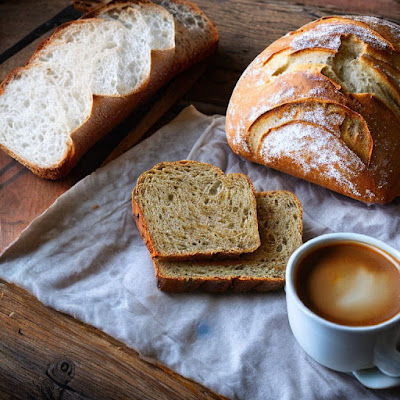
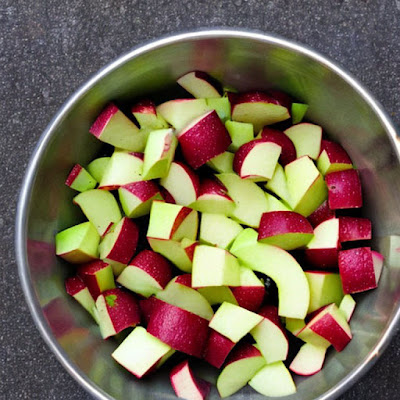

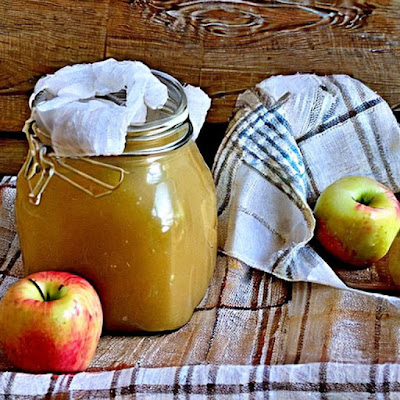
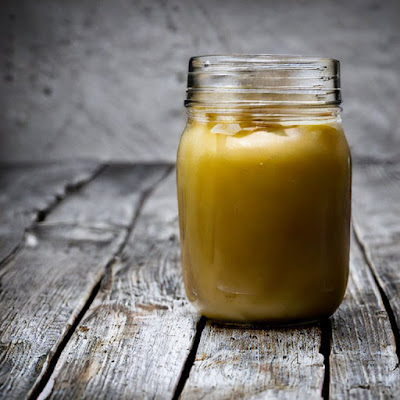
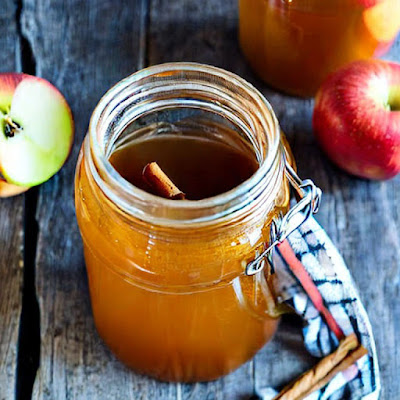

No comments:
Post a Comment